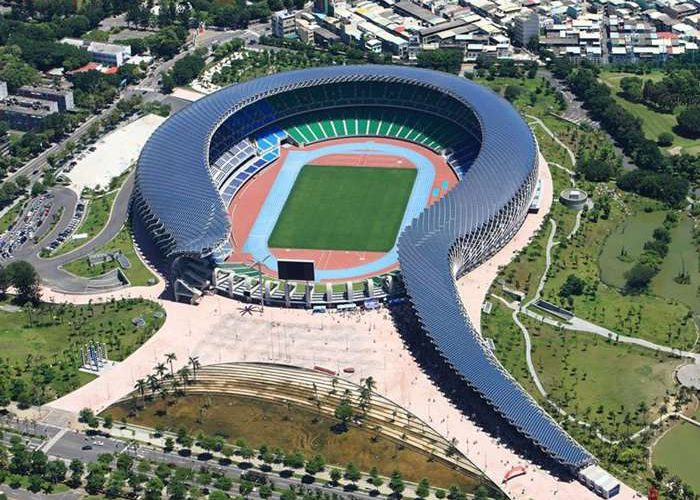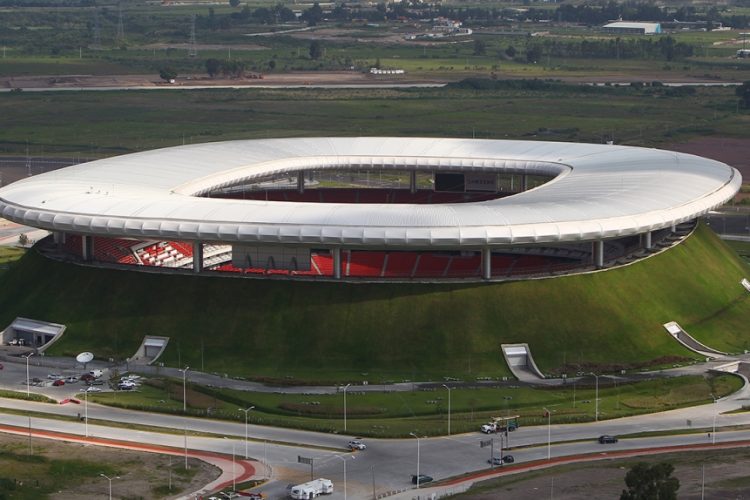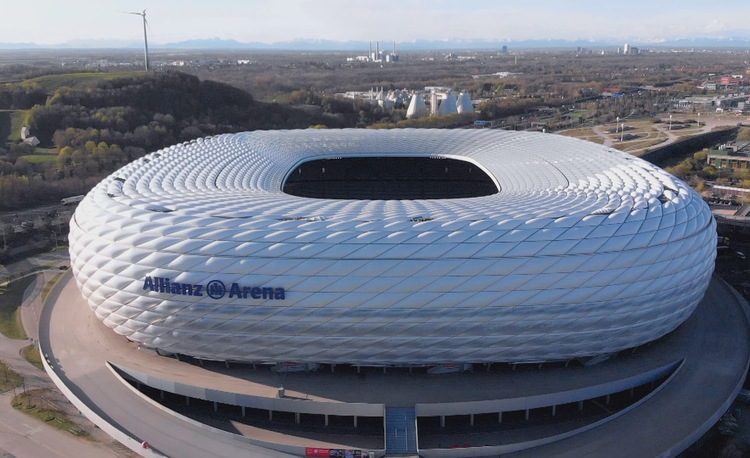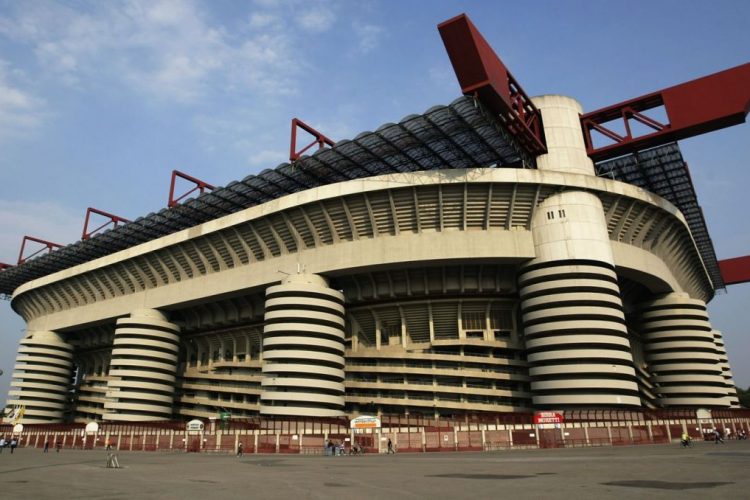
well played
Goooal! The magic word for every true football (or soccer in the United States) fan! A lively crowd dressed after their club strip watches with bated breath the ninety-minute-long exchange between twenty-two players on the pitch. That’s just a brief description of what every football match is. And while we won’t be delving into the secrets of sports here, why not take a moment to talk about places where these games are held. Can the term “work of architecture” be used in reference to a stadium? Are stadiums an integral part of urban fabric, or are they perhaps standalone objects? And is there room for modern sports venues in historic metropolises? The questions are many, and the answer to all of them is this: stadiums whose designs are in a league of their own!
Stadiums that get to host the finals of tournaments such as World Cup, UEFA Euro, Copa América, among many others, go down in history. Clearly then, the stakes are high! That’s why architects go out of their way to come up with breathtakingly innovative solutions and mind-blowingly original forms for these venues. A pitch floating on water, an arena inspired by Bedouin tents, or a volcano lookalike? In architecture, as in sports, the higher you aim, the better.
There are many things to keep in mind when building a stadium. Safety, amenities, optimal weather conditions, investors’ aspirations, and last but not least, size and location. According a 2008 decision issued by the International Football Federation (FIFA), the dimensions of new football pitches meant for international sports events must be exactly 68 by 105 meters. This is of course a massive area, which, including adjacent infrastructure (to accommodate from tens to even more than one hundred thousand viewers), leaves an unmissable footprint in the local urban panorama.
This poses an important challenge for industrial designers. The idea is to create a functional and unique venue that will strike a chord not only with players and international fans, but also local authorities and residents, with some of these cities having a history as long as that of Barcelona, Milan, or Monaco. That said, stadiums all over the world are proof that this infrastructure can be a top-shelf architectural product in which sport goes hand in hand with remarkable design and inimitable city atmosphere.
transl. Jakub Majchrzak









